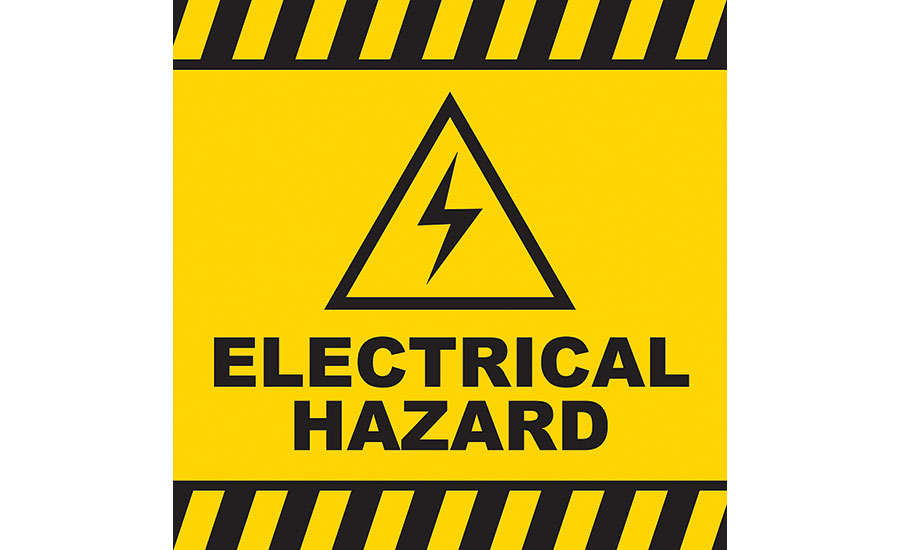Almost 6,000 fatal electrical injuries occurred to workers in the United States between 1992 and 2013, according to “Occupational Injuries from Electrical Shock and Arc Flash Events,” a report released by the Fire Protection Research Foundation in March 2015, and data from the U.S. Bureau of Labor Statistics (BLS). From 2003 through 2012, 24,100 non-fatal electrical injuries occurred, which is the most recent 10-year period for which data is available.
The National Fire Protection Association (NFPA) developed NFPA 70E, Standard for Electrical Safety in the Workplace to help prevent injuries and fatalities associated with electrical shock and arc flash hazards. The NFPA first appointed a technical committee on Electrical Safety Requirements for Employee Workplaces in 1976. NFPA 70E was originally issued in 1979, and has been revised several times, most recently in 2015.
The 2015 edition of NFPA 70E includes detailed tables for arc flash hazard identification and arc flash PPE categories. These tables require specific levels of PPE for various types and ratings of electrical equipment. Certain tasks where the risk of an arc flash or shock hazard may be lower, such as normal operation of properly installed and maintained equipment, may not require the use of any special PPE.
Little change over decade
BLS statistics show that the number of fatal workplace electrical injuries has fallen steadily and dramatically in the past 20 years, from 334 in 1992 to 139 in 2013. But the trend with non-fatal electrical injuries is less consistent. Between 2003 and 2009, non-fatal injury totals ranged from 2,390 in 2003 to 2,620 in 2009, with a high of 2,950 injuries in 2005. Non -fatal injury totals between 2010 through 2012 were the lowest during this ten-year period, with 1,890 non-fatal injuries in 2010, 2,250 in 2011, and 1,700 in 2012.
The Fire Protection Research Foundation report says there has been little change in the non-fatal electrical injury incidence rate in the past decade. Injury rates represent an important measure by taking into account injury occurrence relative to the working population. From 2003 through 2009, the non-fatal electrical injury incidence rate was 0.3 per 10,000 workers across all industry each year. The rate fell to 0.2 in 2010, rose again to 0.3 in 2011, and fell again to 0.2 in 2012.
The report’s authors, Richard B. Campbell, ScD, NFPA, and David A. Dini, P.E., UL, LLC, said in the report’s conclusion: “This research indicates that there are encouraging results to be found in the workplace electrical injury experience in the United States, with a general decline in the number of electrical injuries recorded annually over the past 20 years. The steady and dramatic decrease in fatal electrical injuries over this period is particularly encouraging.
“However, the data also clearly indicate that exposure to electricity continues to be a substantial cause of injury and death among workers in the U.S, with nearly 2,000 fatalities and over 24,000 non-fatal injuries in the ten years from 2003 through 2012. Continuing efforts are therefore needed in order to strengthen electrical safety practices in the workplace and increase the awareness of electrical safety hazards among workers, supervisors, and management.”
Source




